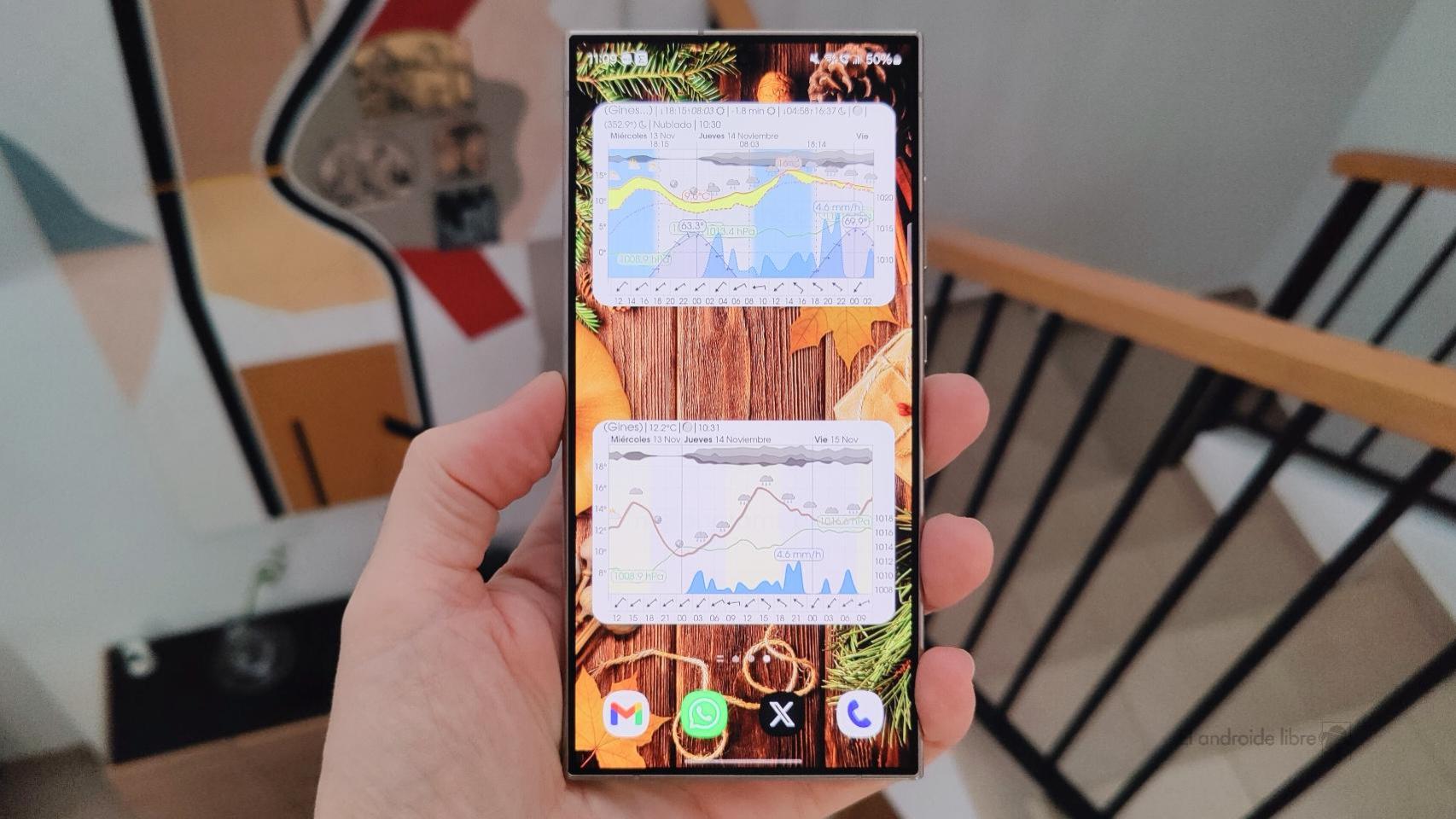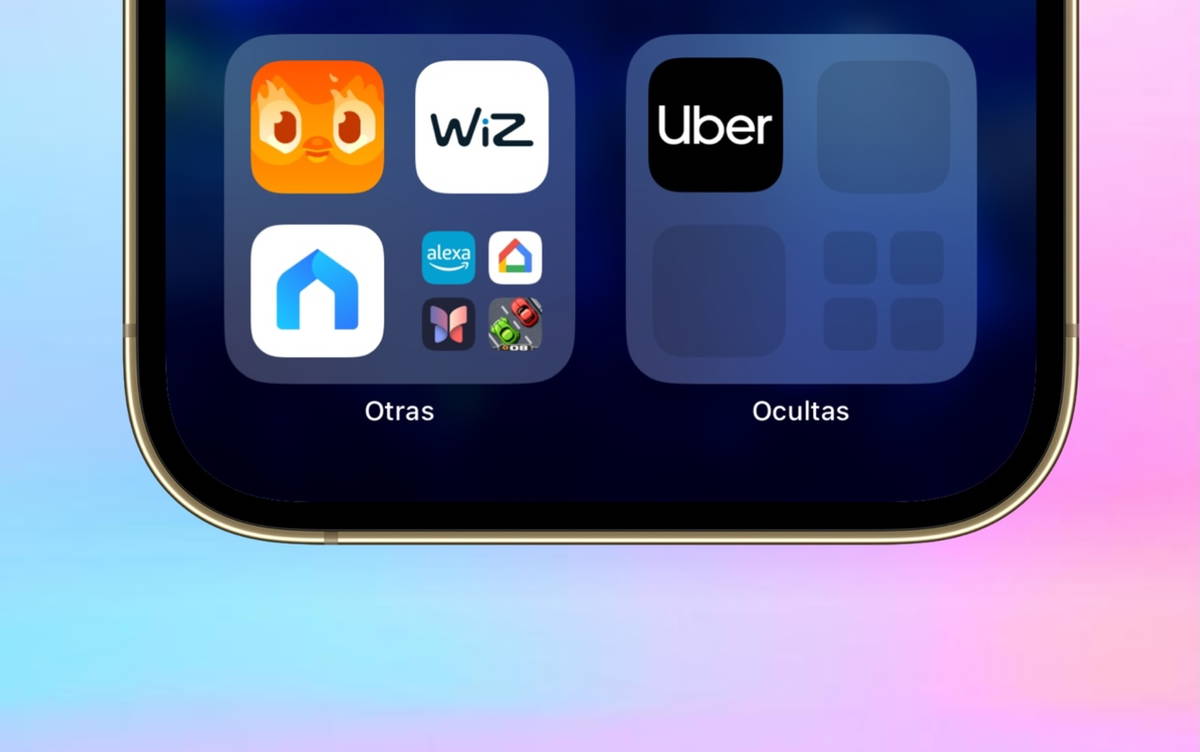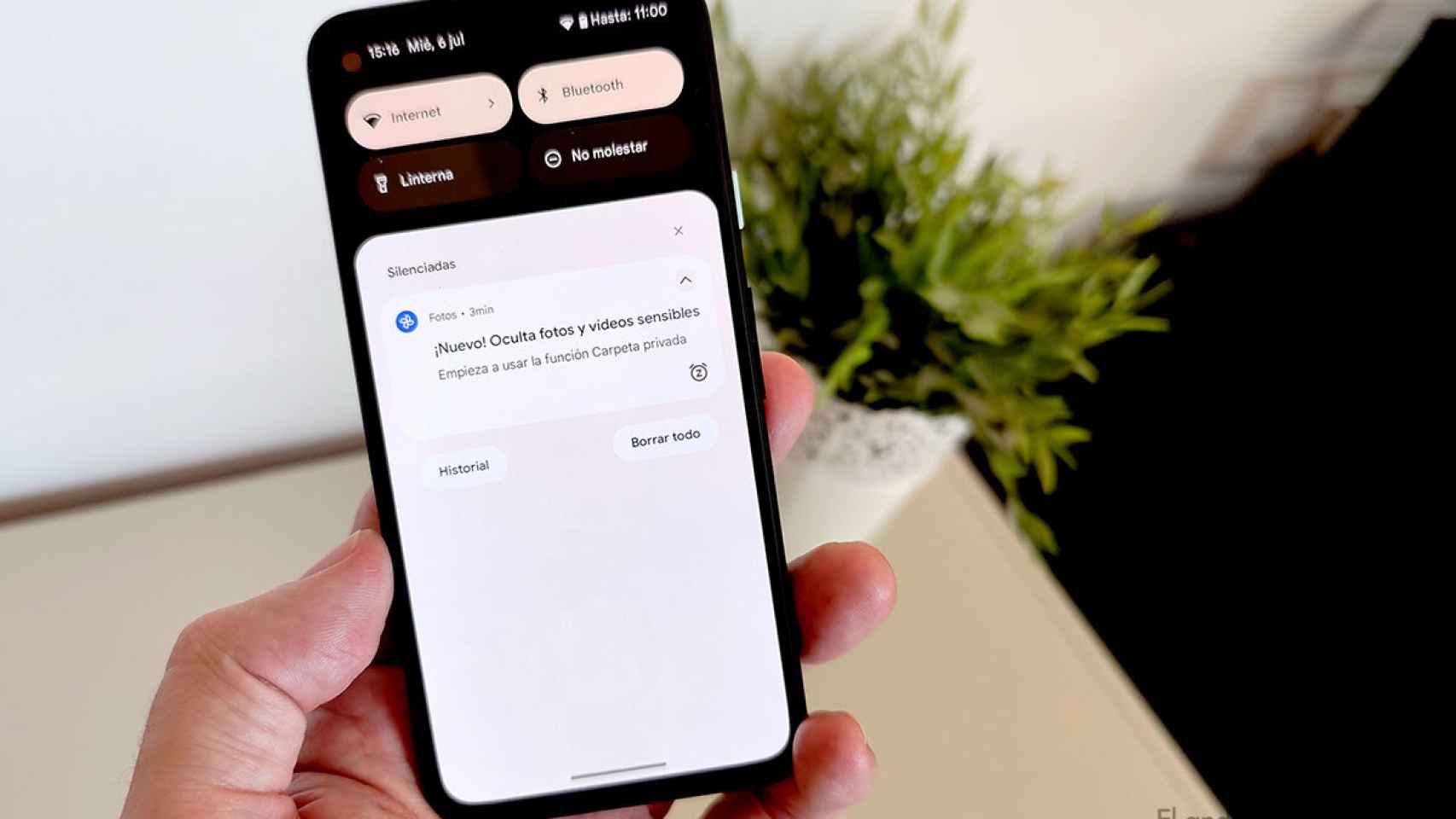Creating Android apps in Europe is not overly difficult. Although it is necessary to know the necessary programming knowledge, there are many development environments that allow us to build applications.
Although for the best performance and best integration with Android, the official Android SDK, the apps you build are limited to a mobile experience and if you want to make a web or computer version, you need to create a standalone version at start from nothing.
The frames hybrids solve this problem by using common code that requires much less adaptation work. One of the fastest growing lately is Google’s Flutter, which yesterday reached version 2.0, a version that marks a before and after on the platform. Not only because of technological innovations, but because of validation by the biggest in the industry.
Flutter 2 now available: cross-platform apps with a single code
One of the main advantages that Flutter offers over native Android development is the ability to create an app that works with virtually similar performance and is compatible with any device without having to write any code. To some extent this has been true with mobile devices, and is that with virtually the same project it is possible to create a fully functional app for Android and iOS.
Video of the entire Flutter Engage event.
As a personal experience this is one of the points that caught my attention the most about Flutter and I was able to verify it with a small personal project, but there was still a lot of work to be done to achieve a total cross-platform experience. Flutter has since made it possible to build web apps, but it was in beta and didn’t fully fulfill the principle of being able to build an app with the same code.
This is the main addition for Flutter 2, and ultimately it is support for the web and the desktop. What does it mean? That from now on, a developer using the Flutter SDK will be able to have a mobile version of his application and with the same code create specific versions for the web and computers running Windows, Linux and Mac OS without having to do job. adaptation.

The new version allows us to take advantage of the larger screen size to create a more optimized interface for these formats, in addition to supporting specific technologies for the Web. You can find all the details about web development on Flutter here.
Another new feature is the implementation of Dart 2.12, the language used by Flutter. You can know all the improvements here.
Flutter is validated by the big names in the industry
Support for folding screens is a reality, a support that was created by Microsoft and is not just about the Surface Duo, but all kinds of folding devices and even screen cutouts like the Notch. Microsoft’s help in developing Flutter validates the potential of the SDK. Besides foldable devices, the company strives to offer the best support for Flutter apps in Windows.
Likewise, Canonical reaffirms its commitment to Flutter to deliver the same level of excellence on Ubuntu, the most popular Linux distribution.
Another big announcement for the platform is Toyota’s choice. The automaker chose Flutter as the main option when creating applications for the infotainment system in their cars.
For developers looking for a monetization model, Google has also announced the arrival of AdMob and AdManager in Flutter.
Another great entry into the ecosystem is Amazon, which in recent weeks announced its own package for developers using the AWS cloud in their projects.
An increasingly promising option
Since its initial launch, Flutter has been a fairly popular development kit but it had the usual great doubt, and that is that as a Google product there was always the risk that its development would be canceled if it did not finish. not to convince.
The commitment of large companies both in its use and in contributing to the development environment is excellent news. The future of Flutter is on the right track and learning how to grow for this platform is not as risky as it was a year ago.
Análisis Xiaomi Redmi Note 10 Pro
OPPO and Android 11: it’s Color OS 11
3 reasons to buy a gaming mobile
Android 11, Xiaomi and MIUI 12
We analyze Android 11 in Samsung mobiles
PocoPhone POCO M3 review
Review Samsung Galaxy S21 Ultra
Samsung Galaxy A42 review
We tested the Samsung Galaxy S21
Xiaomi Redmi Note 9T review
5 + 1 Android mobiles for less than 300 dollars to offer
Android 11 analysis on Vivo mobiles











